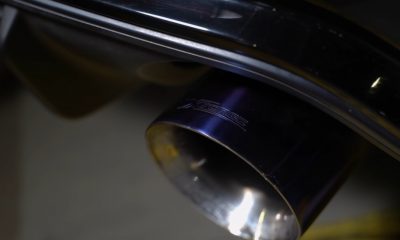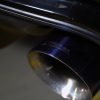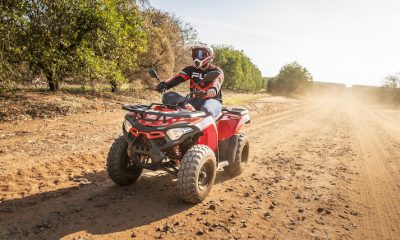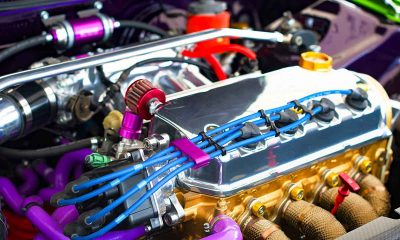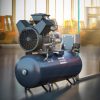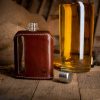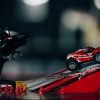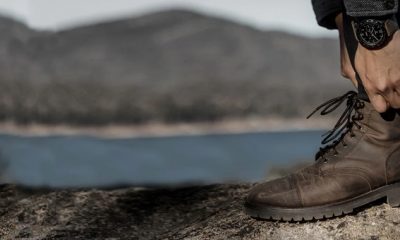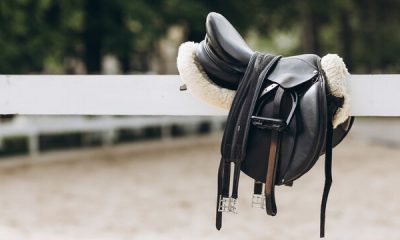Automotive
How To Protect Your Bike: Benefits of Regular Cleaning and Maintenance
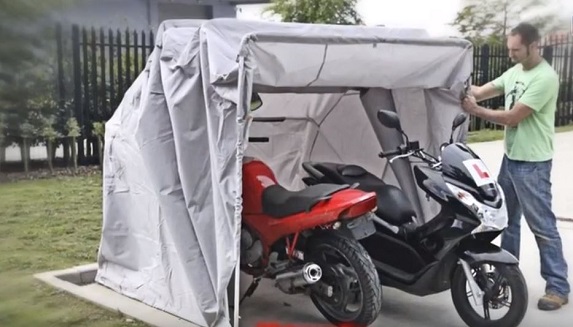
Storing and properly protecting their motorcycle is one of the most important things that motorcycle owners have to do. Failing to do so can oftentimes leave their beloved possession with a terrible, and financially crippling implication. Improperly stored motorcycles are much more susceptible to damage and faults, which increases the odds that when you come to enjoy your ride, instead of getting your engine’s intended glorious roar, you will get a symphony of silence.
Plus, by leaving your precious possession unprotected, you do potential thieves great favour. And don’t forget about Mother Nature and all that she has to throw your bike’s way in the form of humidity, rust, and corrosion. For that very reason, keeping your ride well-protected and in good shape is of the essence for it to serve you for years to come. Without further ado, here are some of the steps you should take to keep your motorcycle in mint condition.
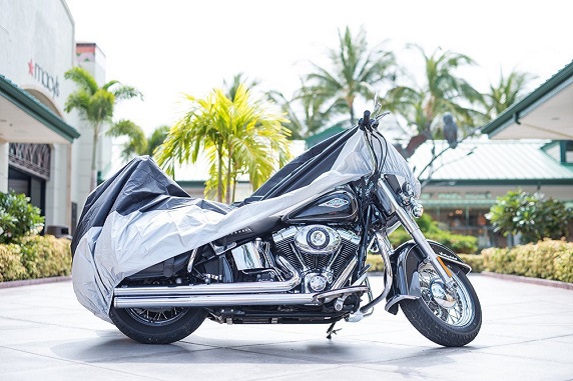
One of the easiest and most affordable things you can do is getting a motorcycle cover. You can find a range of waterproof motorcycle covers that can protect your ride against the elements, allowing you to safely store it outdoors. You can find waterproof motorcycle covers in various sizes – choose one that properly covers and protects your bike not only against moisture but also against dust and sun damage. And the best thing about waterproof motorcycle covers? They’re totally affordable. You can buy one under $50 and that one will probably last you for a few years before you need to replace it.
Next, you need to properly wash your motorcycle every now and then using a low-powered hose to get it damp. After you’ve done so, use a quality, soapy cleaning agent and gently agitate all the dirt to clean the bike with a sponge and soft-haired brush. A good idea would be to have two sets of sponges and buckets and use one for the sensitive plastics and one for the grittier areas, like the wheels, to prevent any grit scratching the paint or sensitive plastics. Once you’ve cleaned up the bike, wash it one more time with clean water and let it dry. If you want to speed up the drying process, you should use a chamois or a compressor and airline to blow away excess water, which is recommended on motorcycles with spoke because water can get trapped where the spokes connect to the rims and cause rust spots.
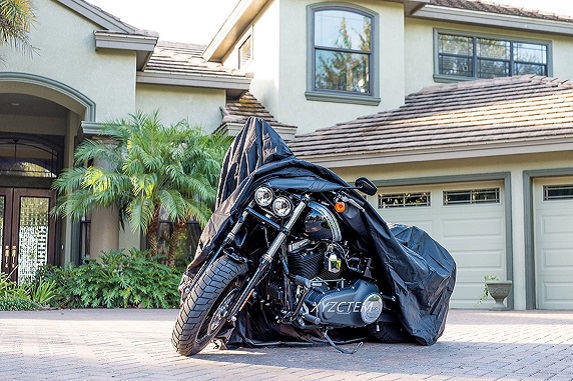
Once your bike is dry, look over the bike for potential loose bits. Older bikes especially, tend to shed different parts such as rubbers and the occasional plastic panel or nut. Replacing these parts can be expensive and tricky, so make sure you look for bits that are wobbly. This is also the ideal time to check for mechanical problems like worm tyres, oil leaks, and a loose drive chain. Once you check your bike and are happy with what you see, it’s time to take the next step – preventing corrosion, lubricating, waxing and polishing it.
Corrosion is one of your biggest enemies, and you’ll need to put in a lot of effort to prevent it. Besides looking through the range of waterproof motorcycle covers and getting the ideal one for your ride, you can also use some anti-corrosion products. There are many different types and brands available on the market, which usually come in spray form. All you have to do is spray some on a dry piece of cloth and wipe the exposed metal parts. Take your time when doing this, and if possible, remove panels or the fairing in order to get to the heart of the bike. Pay close attention to areas such as the suspension linkages which are in direct line of fire from road grime.
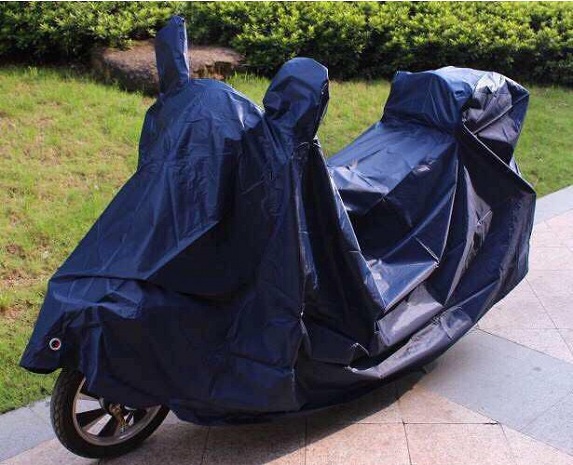
Once you’re done with the anti-corrosion step, it’s time to lubricate the moving parts and joints, like the gear linkages, key barrels, ignition, footpegs, and side stand pivot. If possible, move the parts to work the lubrication in and wipe off any excess oil before putting it back. Avoid contaminating the callipers and brake discs with polishes and lubricants. If you find any chain lube or old oil residue that you didn’t catch in the washing process, use an old rag and some degreaser to remove it. Lubricating the chain is especially important.
Finally, once you’ve properly lubricated the chain, check the tyre pressure. Wash your hands and polish your bike with a dedicated bike polish. Avoid spraying household polishes on your bike, as they are oftentimes too aggressive. Abrasive polishes should also be avoided because they can cut through corrosion and surface oxidation to restore colour and cover scratches, but old motorcycles, for example, don’t have much paint left to be cut through anyway. Instead, use a dedicated bike polish that will protect your bike’s paintwork. Once you’ve polished your bike, it should look as good as new.
Writing for the blog since 2012, Chris simply loves the idea of providing people with useful info on business, technology, vehicles, industry, sports and travel – all subjects of his interest. Even though he sounds like quite the butch, he’d watch a chick flick occasionally if it makes the wife happy, and he’s a fan of skincare routines though you’d never have him admit that unless you compliment his impeccable skin complexion.

